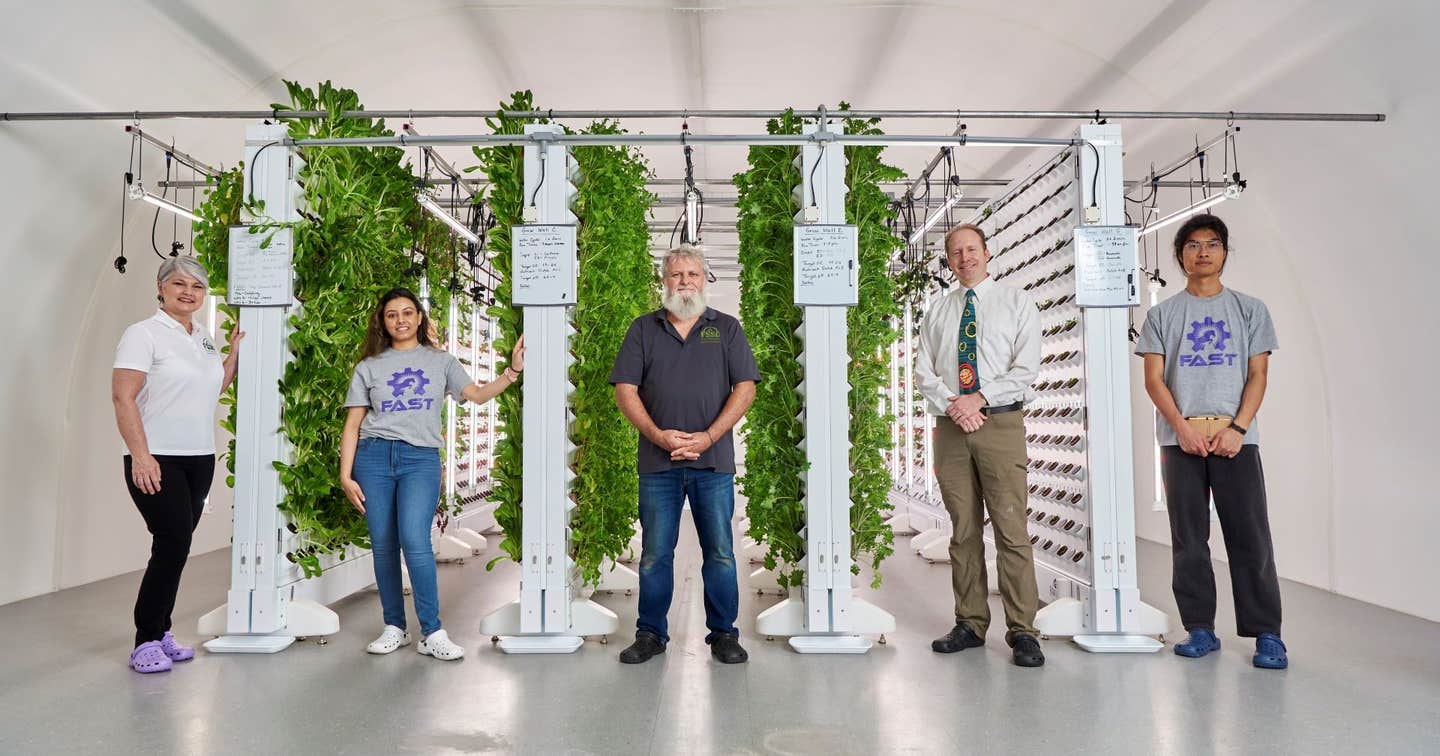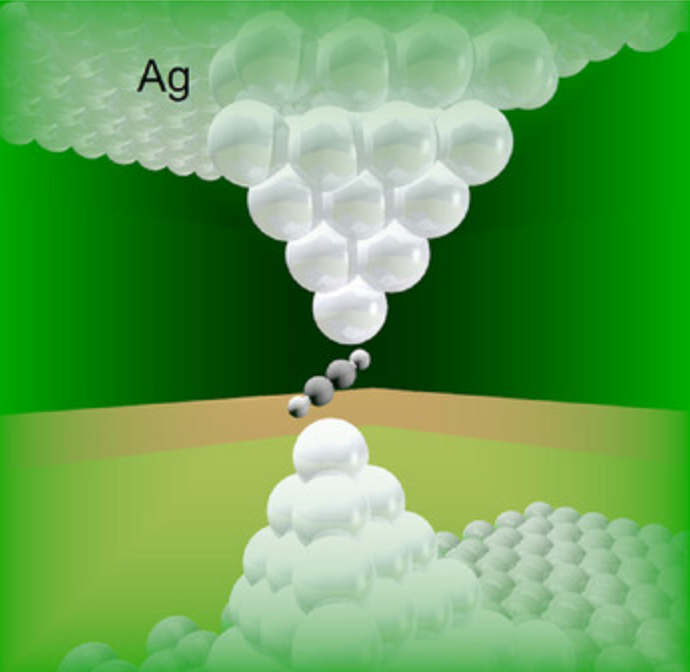Net zero energy hybrid farm system extends growing season
This groundbreaking initiative aims to extend the growing season of berries and substantially increase yields, addressing food insecurity

Climate change and severe weather pose significant challenges to year-round berry production in Canada. In response, Western University professor Joshua Pearce and the Free Appropriate Sustainable Technology (FAST) research group have developed an innovative solution: a net zero energy farm.
This groundbreaking initiative aims to extend the growing season of berries and substantially increase yields, addressing food security concerns exacerbated by global climate threats.
A Technological Breakthrough in Farming
Located at the Environmental Sciences Western Field Station, the Western-led project integrates a photovoltaic (solar panel) shielded outdoor farm with an Agrotunnel. The Agrotunnel is an advanced indoor growing system that uses high-density vertical aeroponic (growing plants in the air) and hydroponic (growing plants in water) hybrid systems. These systems are illuminated by high-efficiency, spectrally optimized LED grow lights, ensuring optimal growth conditions year-round.
Supported by a $1 million grant from the Weston Family Foundation's Homegrown Innovation Challenge, the project also benefits from industry partner Food Security Structures Canada. This funding has enabled the development of an agrivoltaic farm—one that combines solar energy and crop production—enhancing both energy efficiency and crop yield.
Advantages of the Net Zero Energy Farm
“Our solution provides an extremely high-density, resilient method to obtain year-round healthy fruit and vegetables at a minimum production cost,” said Pearce, the John M. Thompson Chair in Information Technology and Innovation at Western Engineering and Ivey Business School. “The system is completely modular, scalable and adaptable to various locations and extreme climate conditions.”
This year-round farming system can be attached to retail locations like grocery stores, providing a zero-mile food supply almost anywhere in Canada. Such proximity to retail points ensures fresh produce with minimal transportation costs and reduced carbon footprints.
Related Stories
After a year of testing, Pearce and his team have demonstrated that the Agrotunnel is physically capable of producing berries throughout the year. However, the economics can be challenging due to varying electricity costs across different locations.
“Every week in the Agrotunnel, harvest season is upon us, and the future of Canadian farming is ripe with possibility,” said Pearce.
To mitigate electricity costs, the Agrotunnel and its surrounding area at the field station are covered with adjustable, partially transparent solar photovoltaic arrays. These arrays, designed by Pearce and his team, are part of the Western Innovation for Renewable Energy Deployment (WIRED) experimental testbed.
The arrays serve dual purposes: they harness solar energy and protect outdoor plants from extreme weather, creating a microclimate that conserves water and generates all the electricity needed for the Agrotunnel's lights, water pumps, and heat pumps.
High-Tech Monitoring and Optimal Growth Conditions
The berries—strawberries, blueberries, honeyberries, gooseberries, boysenberries, and more—are monitored using artificial intelligence. Computer vision systems track moisture and carbon dioxide levels to ensure high energy efficiency. Additionally, the berries are tested under different strengths of solar cells to find the best conditions for both outdoor and indoor growth.
By optimizing the use of sunlight, this project aims to significantly boost food productivity and energy efficiency, tackling a critical issue in Canada and beyond. If successful, the impact on global food security could be transformative.
“Our moveable Agrotunnel, Better Grow Lights and aeroponic/hydroponic growing system, combined with Dr. Pearce’s unique agrivoltaics system, creates an energy efficient, climate-controlled growing space that can handle severe climate and Canadian weather,” said Kim Parker, president and CEO of Food Security Structures Canada. “This project addresses food insecurity by empowering individuals and communities to grow their own food locally, year-round, regardless of climate or location.”
Launched in 2022, the Shepherd phase of the Homegrown Innovation Challenge awarded $1 million each to 11 research teams to develop concepts for extending the growing season of berries. These teams have 18 months to build and test their proof-of-concept ideas before the next phase of the challenge, which will narrow the group to four teams.
“At the heart of this competition lies the belief that the fusion of collaboration and broad expertise is the key to solving complex challenges in agriculture,” said Garfield Mitchell, Weston Family Foundation chair. “Our grantees bring out-of-the-box, yet achievable, ideas to the table, and we are excited to see the innovations that arise from their shared passion and collaboration.”
By combining innovative growing techniques with renewable energy solutions, the initiative not only extends the berry growing season but also addresses broader issues of food security and climate resilience. As the project progresses, it holds the promise of transforming how we produce food, making year-round local production a feasible reality even in harsh climates.
For more international good news stories check out our Global Good section at The Brighter Side of News.
Note: Materials provided above by The Brighter Side of News. Content may be edited for style and length.
Like these kind of feel good stories? Get the Brighter Side of News' newsletter.



